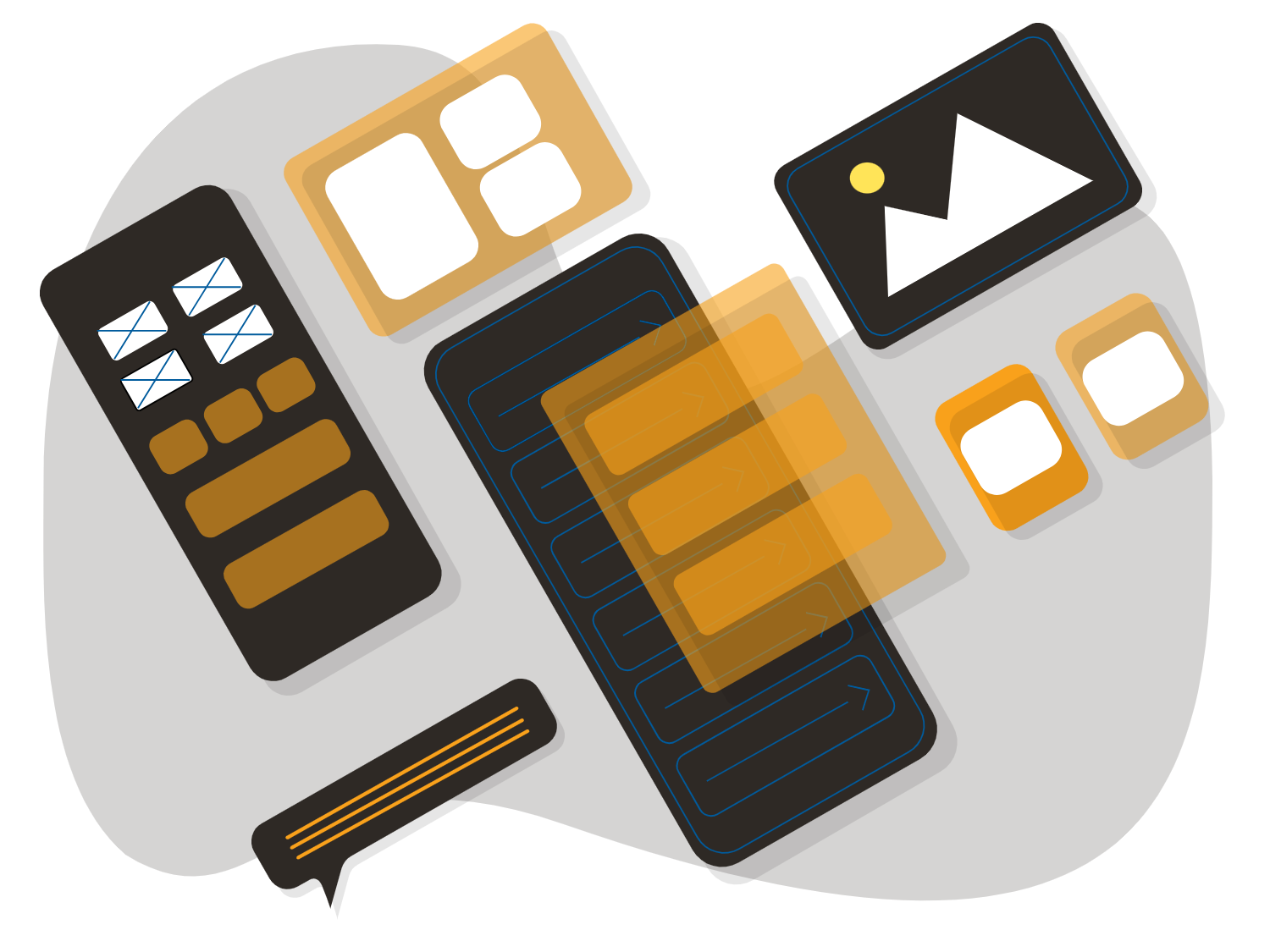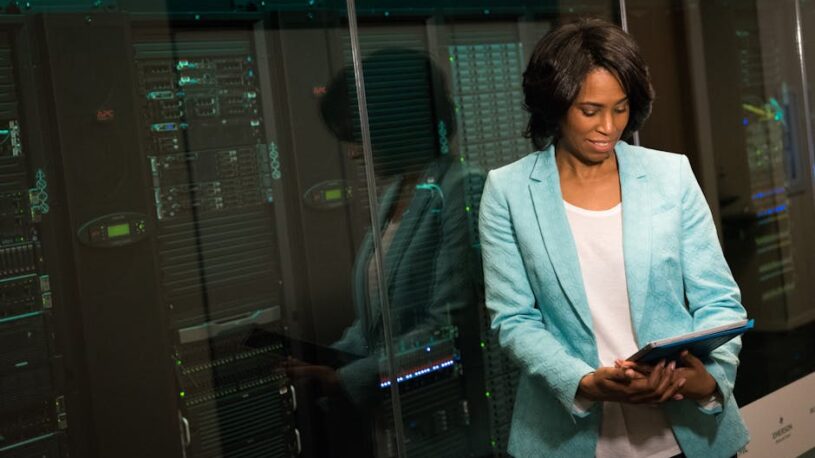

What You Should Know About Secure File Sharing
The internet is a beautiful thing. You can find just about anything you want and communicate with people all over the world. It has also made it possible for anyone to share information, no matter how sensitive or valuable, without the worry of being tracked down. But this newfound freedom comes at a cost: your privacy and security are in jeopardy if you don’t know what you’re doing. In this blog post, let’s talk about secure file sharing, why it’s important to keep your files private, and how to do so while still taking advantage of everything the internet offers.
Why it’s important to Secure Your File Sharing
You may not think it, but you’re essentially putting your entire digital life on display when you share files online. From your bank statements to your vacation photos, there’s no end to the sensitive information that can be gleaned from unprotected file sharing. And if that wasn’t bad enough, cybercriminals are always looking for new ways to exploit unsuspecting users. By encrypting your files before sharing them, you can rest assured that your privacy is protected and that your information is safe from prying eyes.
How to Secure Your File Sharing
Fortunately, securing your file sharing is a relatively easy task. All you need is a good VPN service and a few minutes of your time. Here are the steps you need to take:
Never use public WIFI
Don’t access any sensitive sites (e.g., online banking) through public WiFi networks if you’re out and about. These are easily compromised by hackers looking for passwords and other personal data they can use to gain access to your accounts.
Use strong passwords
It’s also important that you create unique usernames/passwords for every site that requires one. Not doing so makes it easy for cybercriminals to break into your accounts- even if you think they’re secure.
Use full disk encryption
When available, enable encryption on all of your storage devices (e.g., hard drive). This is especially relevant with laptops which contain loads of information about everything from your Amazon shopping habits to the embarrassing photos you’ve shared with friends.
Use a VPN
A VPN is your best bet for ensuring that your file sharing is secure. Not only does it encrypt your data, but it also protects your IP address from being tracked down by third-party snoopers.
Enable verification on your accounts
Many social networking and file-sharing sites will allow you to use verification tools that help protect your account from hackers. These include services like two-factor authentication and login approvals. They may be a pain to set up, but they’re well worth the trouble if it means keeping cybercriminals at bay.
Keep all of your software up to date
Cybercriminals always try to take advantage of security gaps in popular programs (e.g., Adobe Flash). So make sure that you keep everything as up-to-date as possible so that their attacks are less likely to succeed.
Key Takeaway
As you can see, there are a number of things you can do to keep your file-sharing private and secure. By following the tips we’ve outlined in this blog post, you’ll be well on your way to keeping your data safe from prying eyes.
Table of Contents




